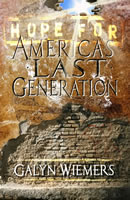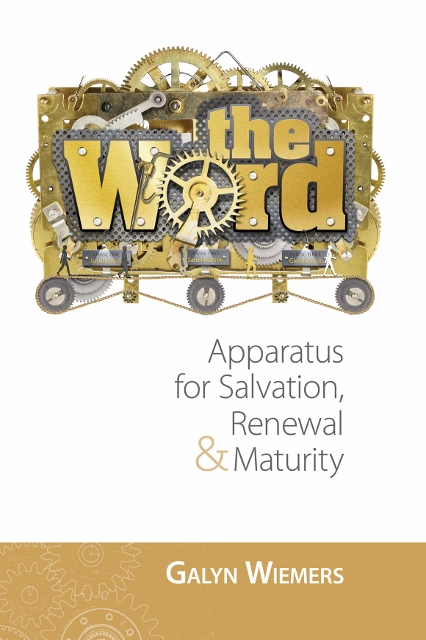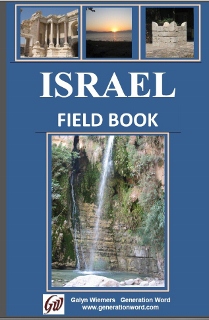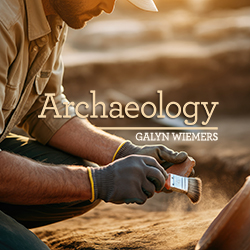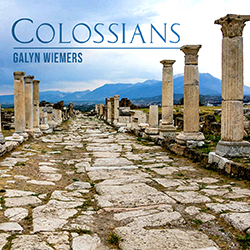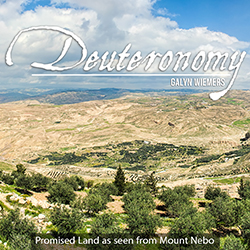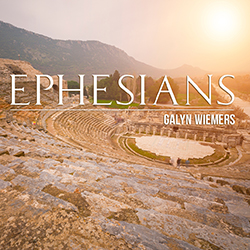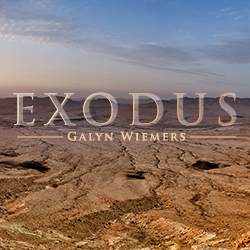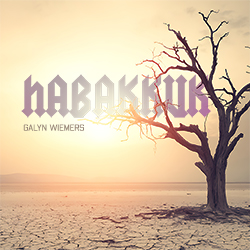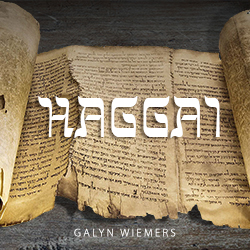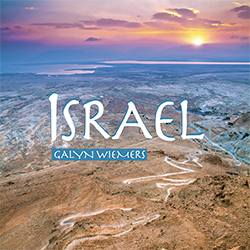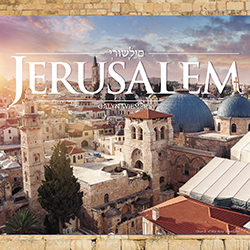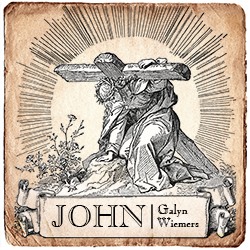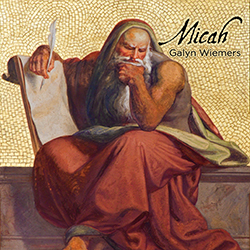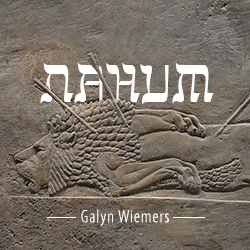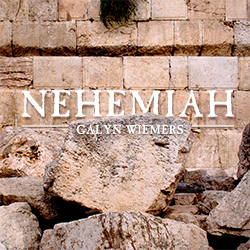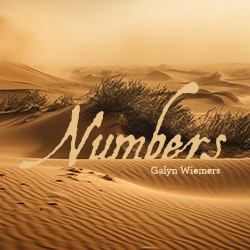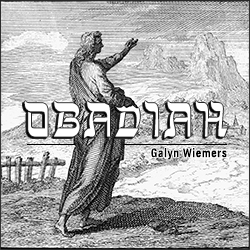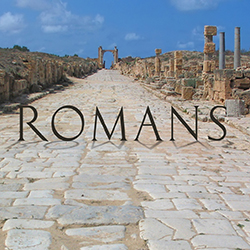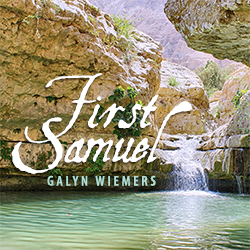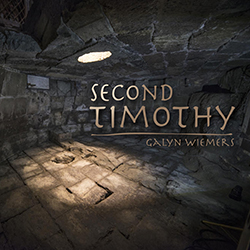
Nazareth
by Galyn Wiemers, Generation Word
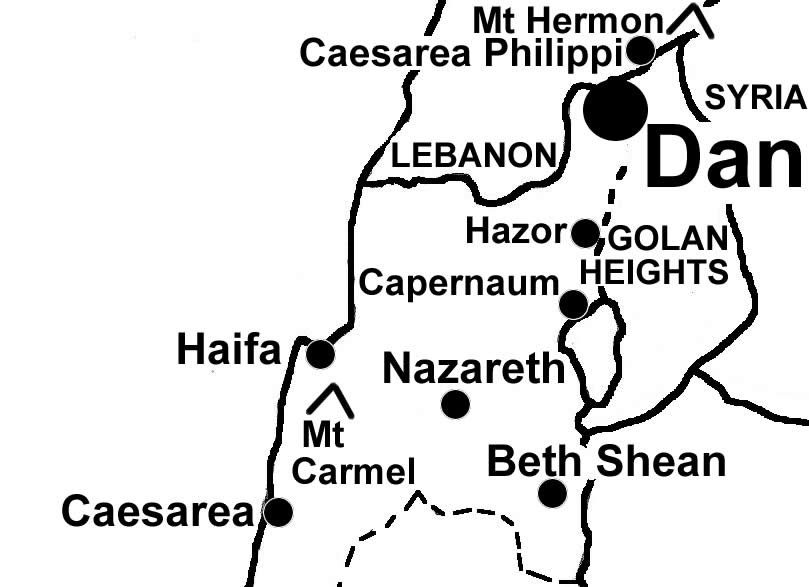
Dan in the Bible:
Gen. 14:13-16, Abram left Hebron to go to Dan in order to rescue Lot.
Judges 18, tribe of Dan left its allotted inheritance by the Philistines and moved to this northern location.
1 Kings 12:26-33, Jeroboam set up one of his two golden calf idols in Dan to keep his people of Israel from going to Jerusalem in Judah to worship.
Dan (Canaanite’s Laish) is the northern extent of Israel in the Old Testament. The phrase “from Dan to Beersheba” meant all of Israel from the north to the south. Dan has an abundant supply of water including the Dan Spring that is the largest of four sources of water (Banias, Iyon and Hasbani Springs) that meet to form the Jordan River that feeds into the Sea of Galilee.
The Dan Inscription is an ancient inscription mentioning the House of David It was found by Avraham Biran near the Iron Age gate and likely written by Hazael of Damascus in 840 BC who erected it near the gate when he took the city. The Aramean king wrote that he killed both Israel’s and Judah’s king (similar to 2 Kings 9) and refers to Judah’s king as the House of David indicating that David’s royal line was still ruling in 840 BC, 160 years after David. This is the oldest contemporary textual reference to the Davidic line of kings and gives historical support for the existence of David.
Be sure to see these features:
- Middle Bronze Age Gate from 1800 BC made of mud bricks with four chambers and three sets of piers preserved under a rampart of soil
- Iron Age Gate built in the 800’s BC by Ahab
- Podium for King to sit on his throne by the gate or for the local.
- High Place of Jeroboam along with evidence of a four-horned altar, 3 iron shovels, a small altar and an iron incense holder have been found.
Bronze Age Gate - 1750 BC
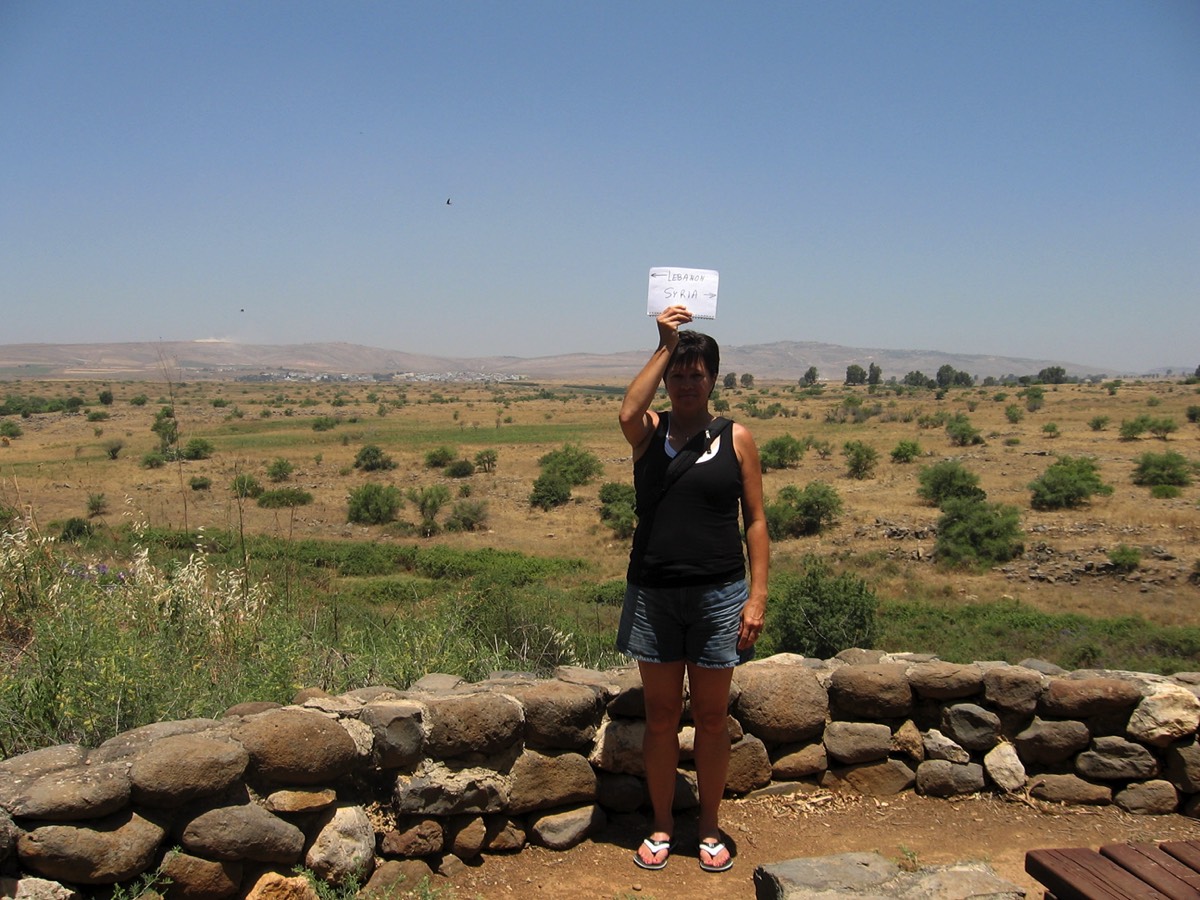

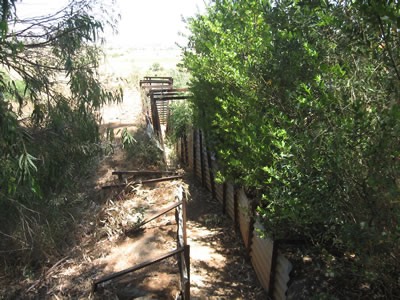
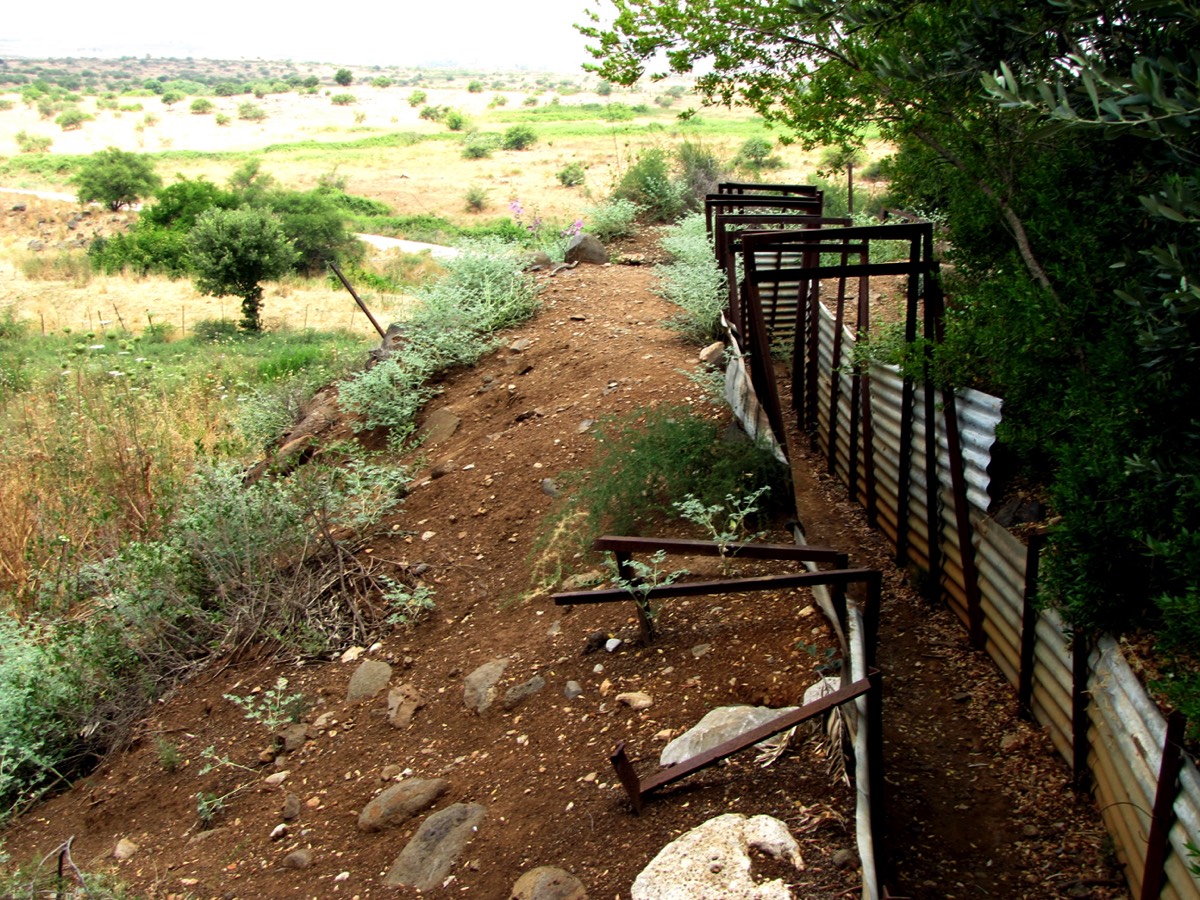
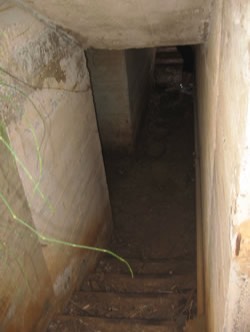

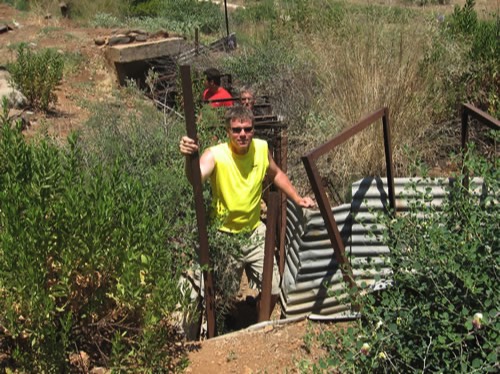
Israel Border Bunker from Galyn Wiemers on Vimeo.
Generation Word Provides:


